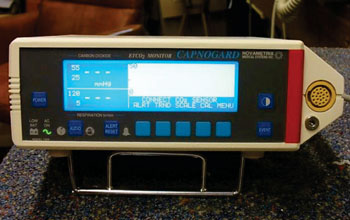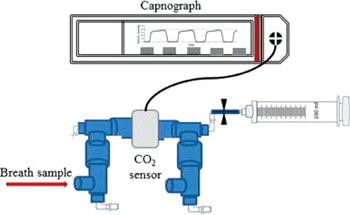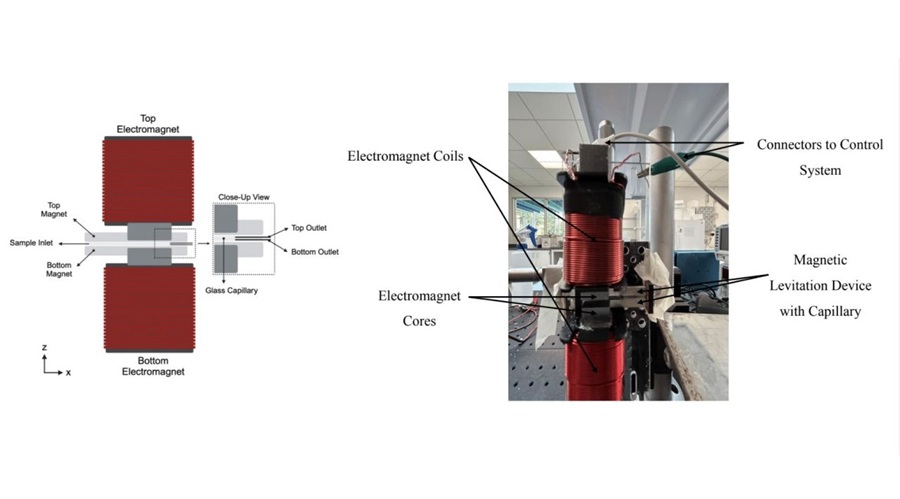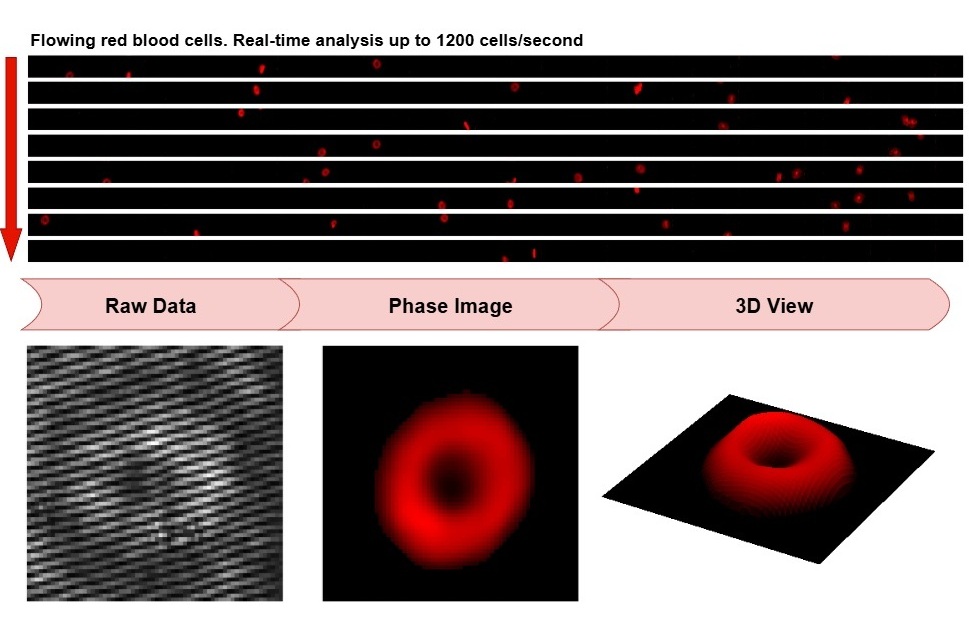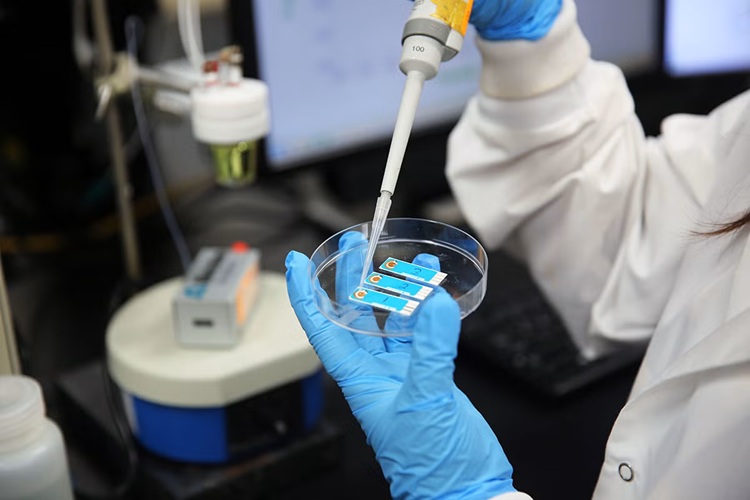Breath Test Indicates Biomarker for Early-Stage Liver Disease
By LabMedica International staff writers
Posted on 25 Aug 2015
Patients with liver disease do not often present with symptoms until the disease is advanced and even then diagnosis is difficult and the symptoms and signs are often general and can be mistaken for other pathologies.Posted on 25 Aug 2015
The detection of early-stage liver disease, which is essential to reduce disease progression, and analysis of volatiles in the breath has the potential to deliver this, but only if chemical compounds can be found that are unambiguously associated with a diseased liver.
Scientists at the University of Birmingham (Edgbaston, UK) recruited patients from either the transplant assessment clinic or in wards after being admitted with hepatic encephalopathy from the University Hospital. There were 31 patients suffering from liver disease participated in the pre-transplant measurements. The female to male ratio was 8:23, with a mean age of 55 years. There were a number of etiologies and 11 patients had more than one condition. Breath samples from the group of 31 patients suffering from cirrhosis were first compared with a healthy control group. Then pre-transplant samples of the liver disease sufferers were compared with a sub-cohort of 11 patients who went on to have a liver transplant.
Capnography controlled sampling was used to collect only the alveolar phase of the breath. Patients were asked to breathe normally into a gas tight respiratory system (Intersurgical Limited; Wokingham, UK) containing an in-line carbon dioxide (CO2) mainstream sensor connected to a fast-time response capnometer ,the Capnogard 1265 (Novametrix Medical Systems Inc.; Wallingford, CT, USA). Samples were analyzed on a proton transfer reaction mass spectrometer (PTR-MS, IONICON Analytik GmbH; Innsbruck, Austria).
Seven volatiles were elevated in the breath of patients versus controls. Of these, five showed statistically significant decrease post-transplant: limonene, methanol, 2-pentanone, 2-butanone, and carbon disulfide. On an individual basis limonene has the best diagnostic capability with the area under a receiver operating characteristic curve (AUROC) at 0.91, but this is improved by combining methanol, 2-pentanone and limonene with the AUROC curve equal to 0.95. When the team tested the same patients who had received a new liver, the tests showed that the limonene levels gradually dropped over several days. The scientists deduced that the unmetabolized limonene had been stored in the body fat of people suffering with cirrhosis.
Margaret E. O'Hara, PhD, a coauthor of the study said, “We already knew that people with liver disease have a very distinct smell on the breath and we wanted to find out what caused that smell. Now that we have found a biomarker for the disease in limonene, we can continue to verify how good it is for diagnosing liver disease. In the future we can envisage a small portable breath analyzer that can be used by health professionals to screen for early stage liver disease, leading to earlier treatment and better survival rates.” The study was published online on July 27, 2015, in the journal EbioMedicine.
Related Links:
University of Birmingham
Intersurgical Limited
Novametrix Medical Systems Inc. (Respironics)



